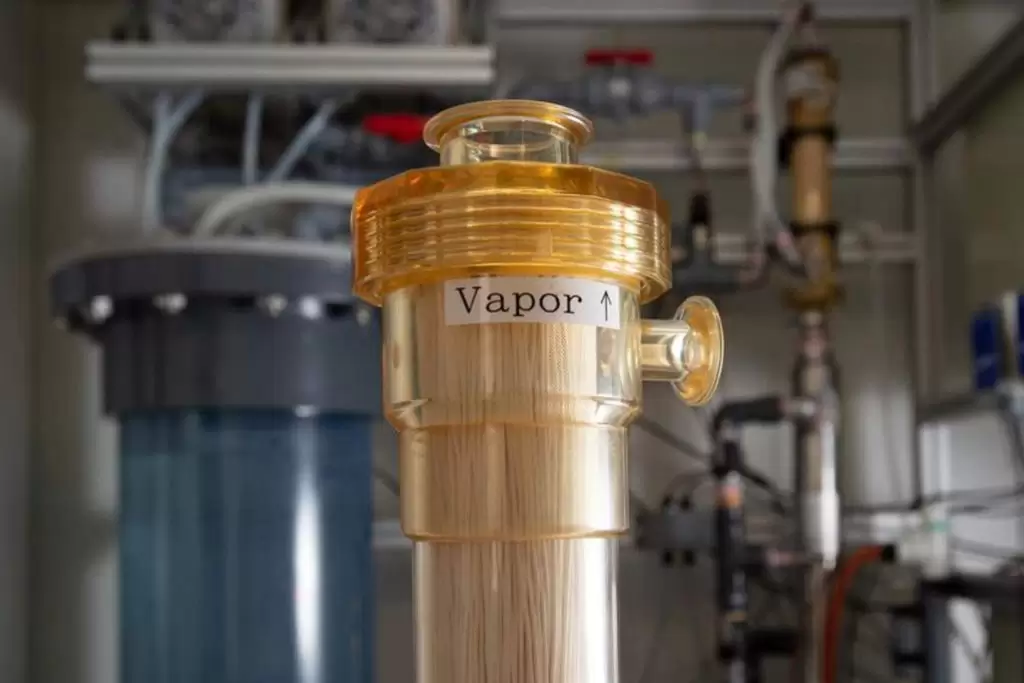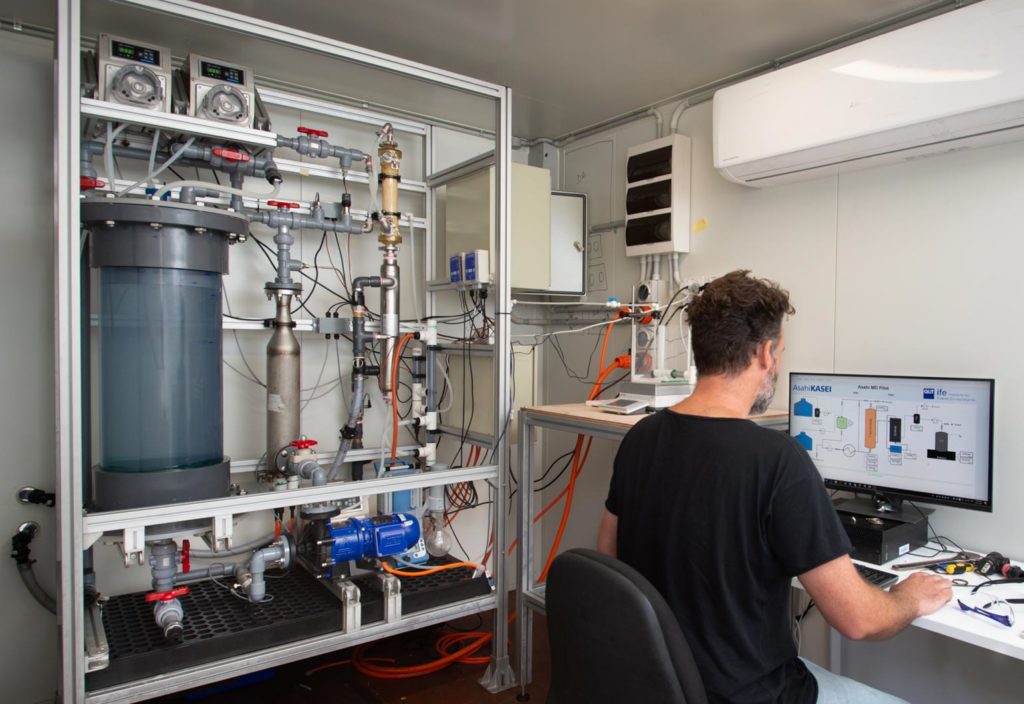A pilot program at Queensland University of Technology (QUT) will investigate methods of removing salts from bore water, industrial wastewater and sea water.
A team of researchers at QUT’s Institute for Future Environments has been working on water filtration technology that uses solar power or low-grade waste heat to remove dissolved salts from water.Now, the concept will be put to the test during a six-month trial at the QUT Banyo Pilot Plant Precinct before further testing at additional facilities. Trials will start by processing 1000 litres of water a day through membrane distillation.
The system aims to preserve the integrity of membranes for longer, with each membrane yielding more than 2000 filtering hours before needing to be cleaned.
The system can be installed in modules at industrial sites to make use of waste heat as well.
“We can tap into that and make water on the spot for the companies,” said Professor Graeme Millar, a chemical engineer with the Science and Engineering Faculty at QUT.
To filter out salt or other impurities, a heat source vaporises the water. As the vapour passes through the membrane, it cools and condenses to come out the other end as purified water. Millar said the membrane technology, supplied by Japanese chemical conglomerate Asahi Kasei, resembles “high-technology drinking straws”.

There when you need it
Removing salt from bore water would relieve some stress for communities and industries in remote areas that have unreliable access to clean water.
“It goes all the way from individual farms … small communities who are using bore water … and in industry the potential applications are almost endless,” Millar said in an interview with the ABC.
“Having a method that can remove the salt from the bore waters that they need – cheaply from renewable energy … that’s good value for them.”
Millar said he imagines the system could find use in treating water used during coal seam gas (CSG) extraction, bore water in remote communities and seawater to produce potable water. He also said the units could be used by emergency services in the wake of natural disasters.
“They are portable, they can fit in a shipping container, they’re self-powered – once we have sun, we have water coming through, we can purify that for our drinking water,” he said.
In the future, Millar said the system could be scaled up to clean 1 million litres of water a day, with applications in mining, agriculture and industry.
